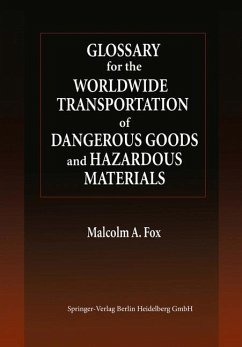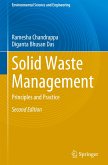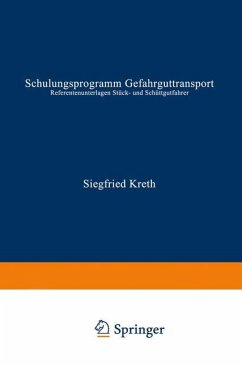Worldwide, 500,000 shipments of materials which pose chemical, physical, or biological risks to human health, property, or the environment are made each day by air, rail, road, sea, and inland waterways totaling over 3.6 billion metric tons each year. To ensure safety during transportation, the 2 means by which these dangerous goods and hazardous materials are packaged and handled is prescribed by international authority including the United Nations, the International Maritime Organization, the International Atomic Energy Agency, the International Civil Aviation Organization, and the International Air Transport Association, as well as national authorities such as the Department of Transportation in the United States. In fact, the United Nations establishes model regulations that function as recommendations addressed to international organizations and national governments. At the core of regulation lies hazard identification: once accurately identified, the hazards of dangerous goodsmay be communicated and the material safely packaged, segregated, transported, and handled by qualified personnel. Incorrectly identified materials increase greatly the risk of explosion, fire, poisoning, or some other mishap. To aid identification, each authority maintains a list of the articles, substances, and materials it regulates comprising thousands of entries including chemical names, industry-specific terms, trade names, generic descriptions, and other specialized terms common to the language of transportation. While much of this language is recognizable, some is less well understood even to transportation, environmental, and health professionals.
Bitte wählen Sie Ihr Anliegen aus.
Rechnungen
Retourenschein anfordern
Bestellstatus
Storno








